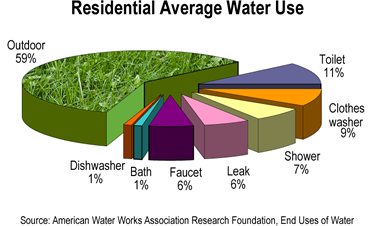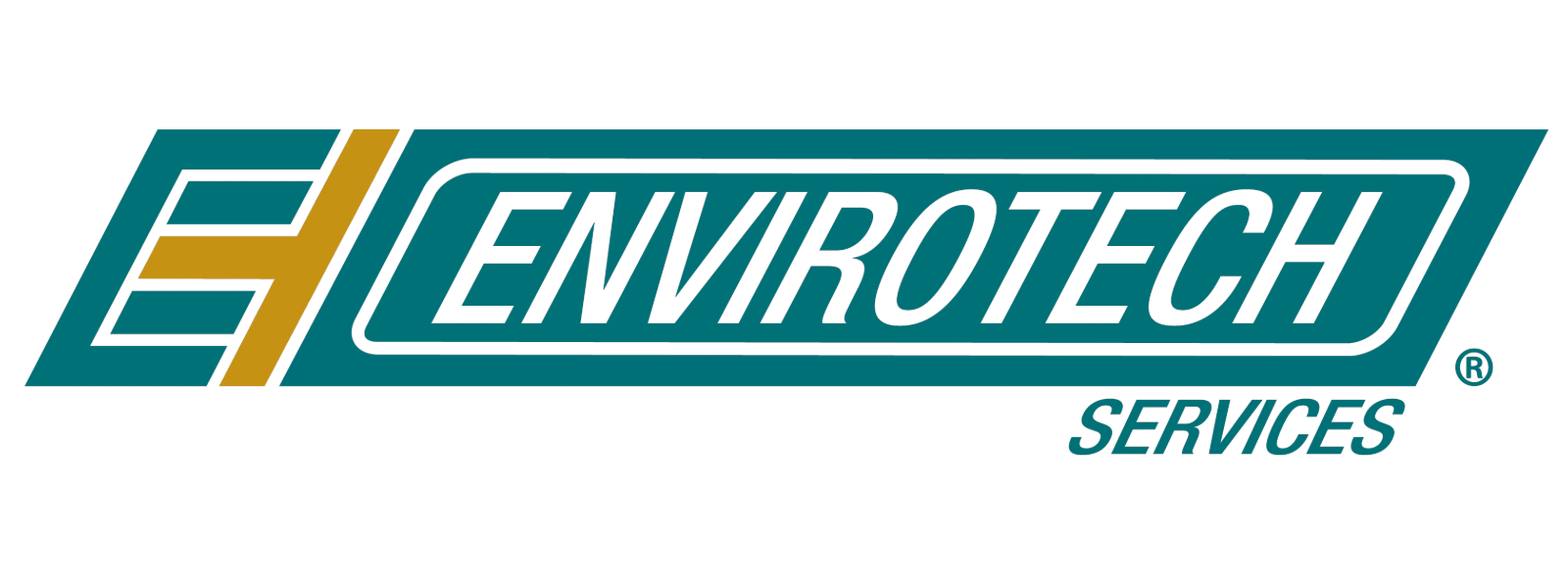
When you look outside, what do you see?
For many people living in the United States, it is common to see a lawn when looking outside your front window. The American fascination with lawns can be seen as early as the 17th century when a large, well-maintained lawn served as a symbol of wealth. However, as society and agricultural technology advanced, lawns become more accessible and soon became a staple feature of the American Dream.
But times are changing...
Recently, there has been a lot of attention on the environmental impacts and resource consumption of lawns.
Currently, lawns make up the largest use of land in the  United States, occupying an estimated 30-40 million acres. Every year more than 17 million gallons of fuel are spilled during the refilling of lawn and garden equipment, which is more oil than the Exxon Valdez spill.
United States, occupying an estimated 30-40 million acres. Every year more than 17 million gallons of fuel are spilled during the refilling of lawn and garden equipment, which is more oil than the Exxon Valdez spill.
Homeowners tend to waste pesticides and fertilizers due to inappropriate timing and application, which has been a major source of water pollution due to chemical runoff into nearby water sources. Additionally, 30-60% of urban fresh water is used on lawns!
The American Dream is evolving to focus on the preservation of the environment so future generations can enjoy the gifts Earth has to offer. As the American Dream has evolved, so has agricultural and landscaping technology, allowing homeowners to implement sustainable landscaping practices.
There are endless alternatives to traditional lawns that are not only sustainable and cost-efficient, but creative and aesthetically pleasing.
Check out these tips to reduce the environmental impact of your lawn:
- The Evolutionary Approach
- The Lawn Care Center at Purdue University suggests the Evolutionary Approach in which homeowners make small changes with big impact. For example, using an electric or hand lawnmower can eliminate fuel spillage and reduce pollution. Additionally, homeowners can plan efficient watering times and fertilizer application to reduce usage.
- The Revolutionary Approach
- Another approach suggested by the Lawn Care Center at Purdue University is the Revolutionary Approach. The Revolutionary Approach is more invasive and focuses on implementing grass alternatives. Interplanting grass with low maintenance plants, like clover, or xeriscaping, a landscaping practice that conserves water through strategic plant choice and placement, are common methods used in the Revolutionary Approach.

Example of Xeriscaping - Picture by: Jakes Deisgns
Some people are completely moving away from traditional landscaping, which is known as ‘The No-Mow Movement’. Many homeowners are moving toward “no-mow yards” which has four categories: naturalized or un-mowed turf grass, low-growing turf grasses that require little maintenance, replacing turf with native and noninvasive plants, or edible plants like fruit bearing trees. No-mow yards allow the homeowner to maximize the use of the land and reduce expenses due to lower water and pesticide use and the ability to harvest food.
No matter the change, big or small, every step toward a sustainable future is a step in the right direction. “According to the National Gardening Association, one in three families now grows some portion of the food they consume”. Every day we are moving closer toward a more sustainable future and it starts in your backyard.
EnviroTech Services, Inc. is proud to provide products and services that assist in the movement toward a sustainable future. To learn more about EnviroTech Services, Inc. products and services, visit our website or speak with a representative at 800-369-3878.
Similar Reads:
- Water Shortages and the Colorado River: What Does This Mean?
- Nevada Tackles Water Shortage
- EnviroTech Services Assists the City of Denver’s Sustainability Efforts
Works Cited
Borneman, Elizabeth. “Geography of Lawns.” Geography Realm, 6 Apr. 2016, www.geographyrealm.com/geography-of-lawns/. Accessed 5 Jan. 2021.
D’Costa, Krystal. “The American Obsession with Lawns.” Scientific American Blog Network, blogs.scientificamerican.com/anthropology-in-practice/the-american-obsession-with-lawns/#:~:text=Lawns%20are%20indicative%20of%20success%3B%20they%20are%20a. Accessed 5 Jan. 2021.
DesignBusinessEngineering. “A Sustainable Approach to Maintaining Your Lawn within Local Standards.” Design Business Engineering, 30 Nov. 2020, www.designbusinessengineering.com/lawns-are-a-sustainability-problem-heres-how-to-fix-them-within-regulations/. Accessed 5 Jan. 2021.
“The Environmental Impact of Lawns.” Go Green, 2017, www.gogreen.org/blog/the-environmental-impact-of-lawns.
“The Problem of Lawns.” State of the Planet, 4 June 2010, blogs.ei.columbia.edu/2010/06/04/the-problem-of-lawns/#:~:text=Today%2C%20American%20lawns%20occupy%20some%2030-40%20million%20acres. Accessed 5 Jan. 2021.

